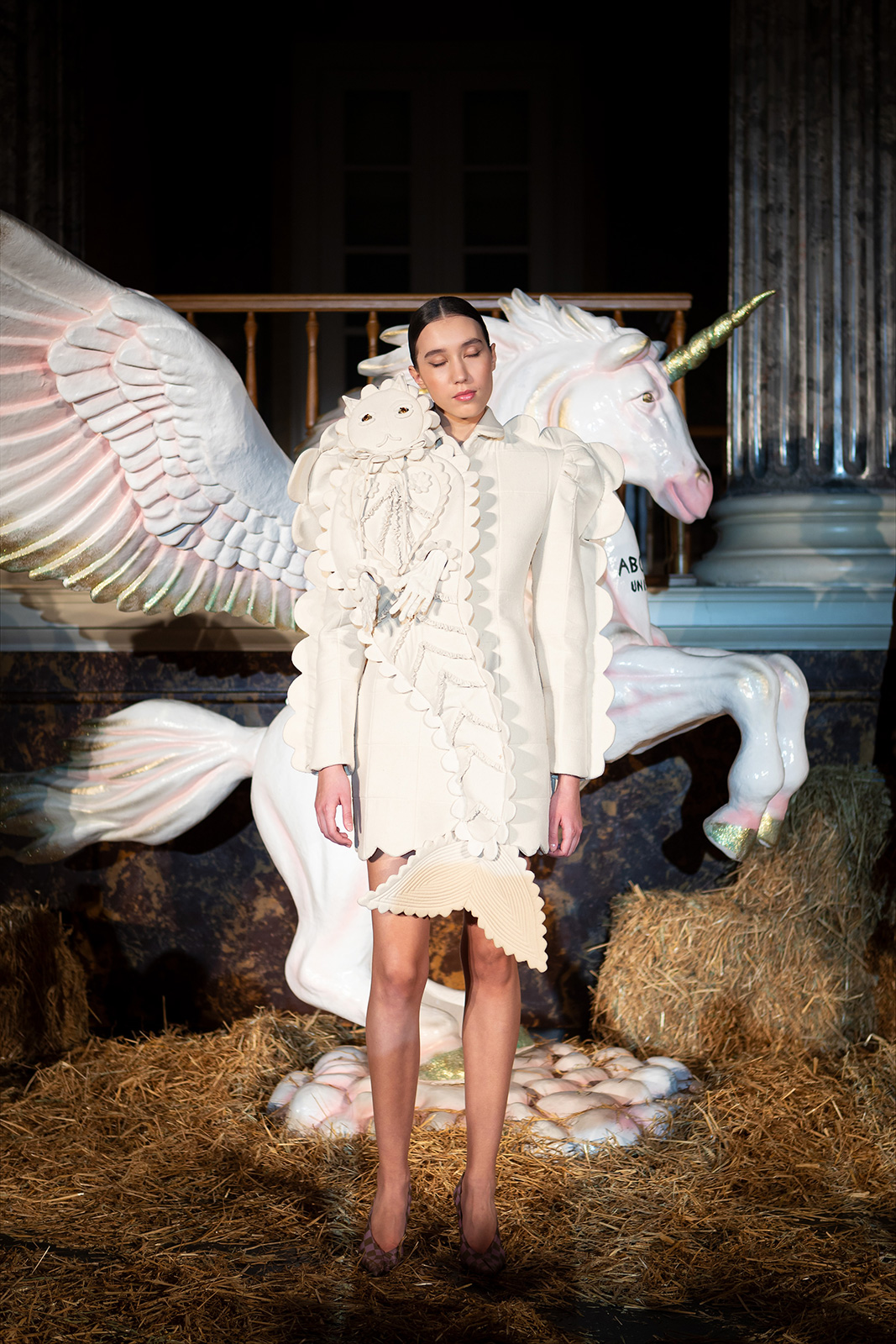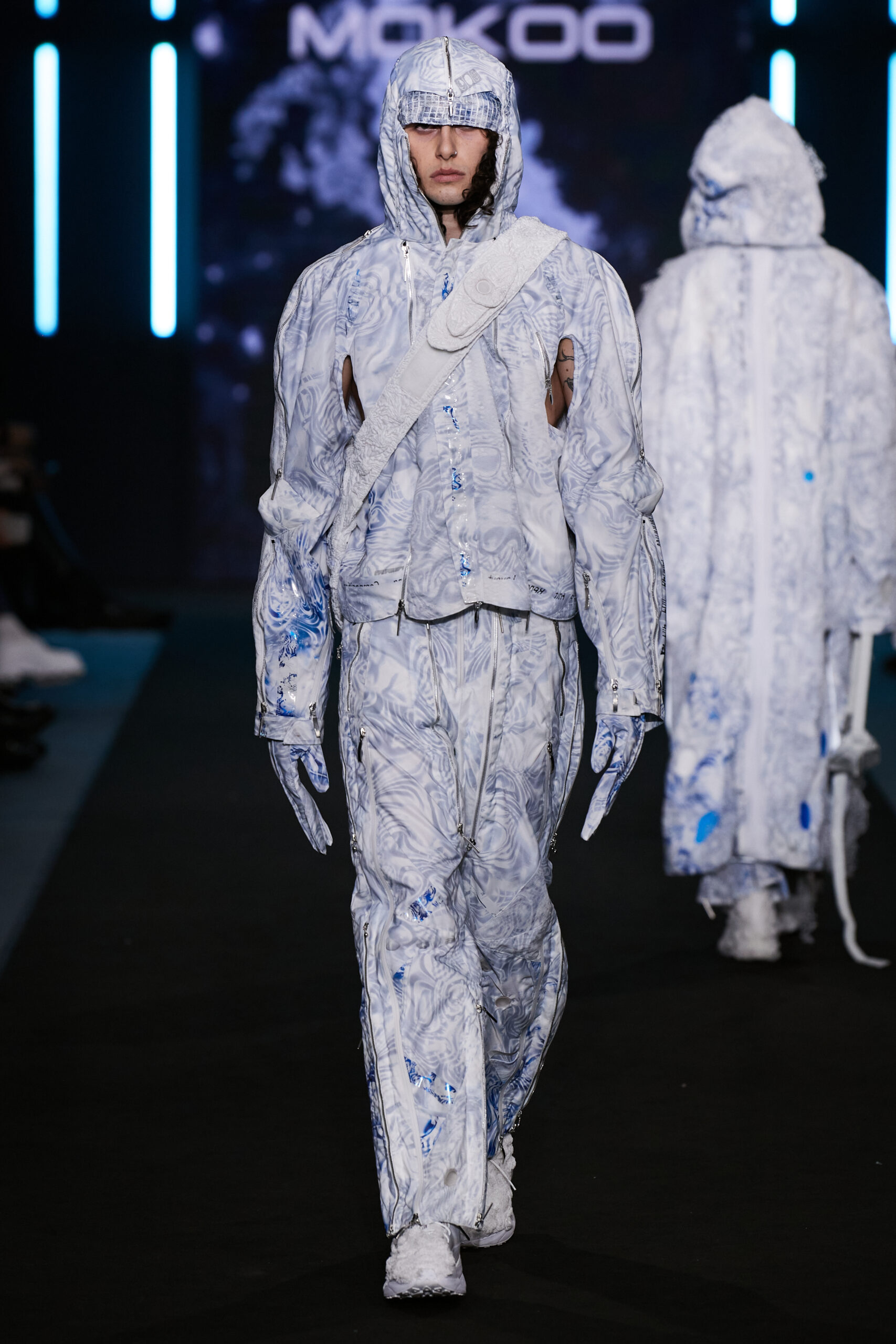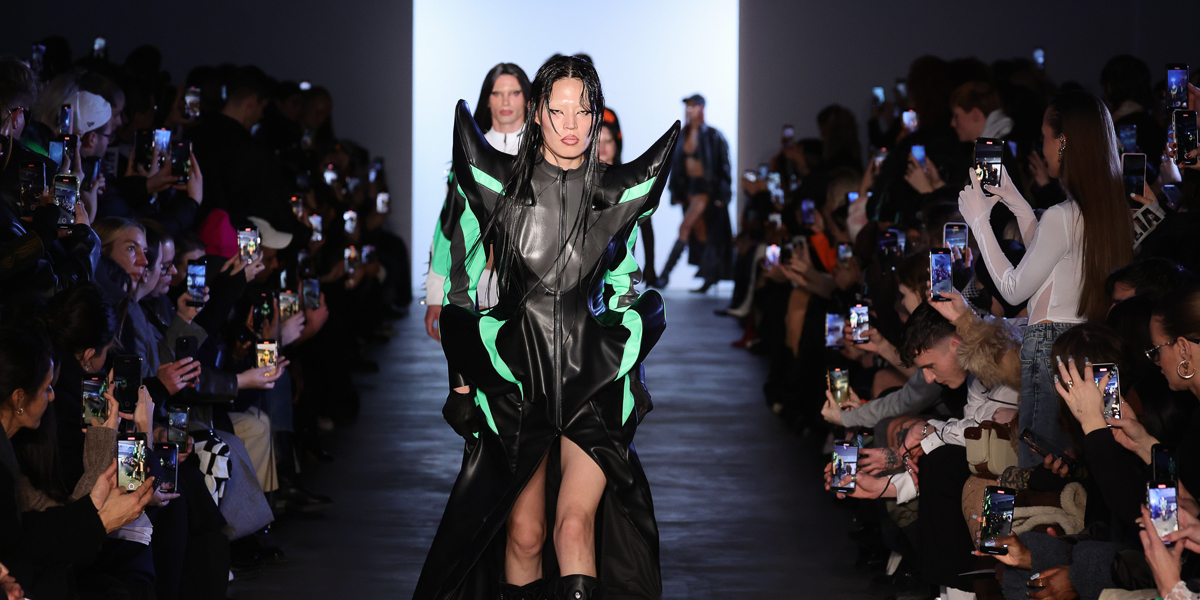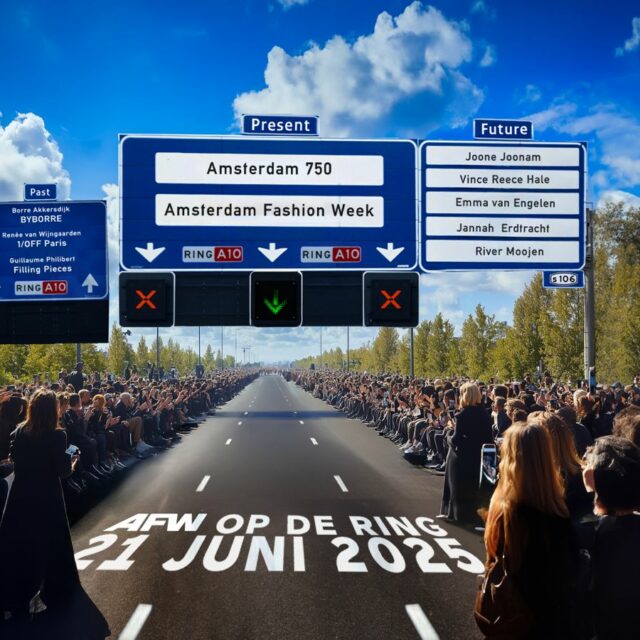Born in Paris, the capital of Couture, the original concept of a fashion week and the cities it was held in depended highly on the visionary designers it was housing. Now New York, Paris, Milan and London’s tight grip has slightly loosened, and with it, the rigidity of the fashion week playbook. Slowly but surely, there’s been a shifting importance from the big four to a more varied fashion landscape. With Copenhagen as the frontrunner, the age-old fashion week format and its upholding elitism are making way for newcomers, leading the fashion crowd to cities like Rome, Berlin and Budapest.
Copenhagen Fashion Week
It would be ignorant to talk about alternative fashion capitals without acknowledging the clever ways Copenhagen Fashion Week has put itself on the map. Directly rebelling against the rules of the game, CFW’s intent weighs in heavily on sustainability, the real kind that is. The organisation behind CFW made it impossible for participating designers to hide behind concepts such as greenwashing, was the first to introduce eighteen sustainability requirements, and demanded full transparency. A radical act in an industry that is notoriously known for glamourising the use of fur and the production of fast fashion. Shortly after the first buzz, the Scandi aesthetic, carried by brands such as GANNI, Gestuz, Saks Potts en ROTATE, showed up on style blogs and Instagram accounts internationally. That isn’t to say that CFW relies on the popularity of its top-rating designers. CFW has shown that it houses a wide variety of creative minds, led by upcoming designers that are inspired by what was dubbed by the fashion crowd as “copencore” but reinterpreted in something that isn’t traced back to its original source. What’s most important is that CFW shows that sustainability doesn’t have to have one look, style, or type of crowd tied to it, and that radicalism can lead to new norms and standards, with other fashion weeks already following suit.
Brand to look out for: Holzweiler

Budapest Central European Fashion Week
Alongside our own Amsterdam Fashion Week, BCEFW is probably most creative in redefining a fashion showcase. Exploring new formulas that step away from the traditional catwalk show, Budapest subtracts a lot of advantage from its smaller scale, which makes it possible to create a dialogue between designer and audience. Involving its impressive culture as well as guiding its guests to some of the most beautiful locations in Budapest, BCEFW focusses on offering a multi-sensory experience. Operating as the leading fashion destination in Central Europe, the fashion week also hosted Ukranian as well as Polish designers during its most recent edition. Other fashion weeks seem to have caught up on this, with London Fashion Week hosting the fall 2023 collections of Ukranian designers Kseniaschnaider, Paskal and Frolov in a joint time-slot.
Designer to look out for: Abodi

Altaroma Fashion Week
Rome’s version of fashion week has a clear focus on supporting young designers, independent brands, small enterprises and students of the fashion academies. ‘Rome Is My Runway’ is a format within Altaroma, that is specifically aimed at introducing 10 emerging brands to an international press. Similar to the format of ‘The HUB by AFW’, ‘Showcase Roma’ is an initiative that hosts the work of 60 young designers, and is aimed at making the public familiar with the participants’ creations. Lastly, Altaroma organises a fashion scouting project every season in collaboration with Vogue Italia, where “Made in Italy talent” gets the opportunity to appear in front of a judge of industry insiders.
Designer to look out for: Mokoo

Berlin Fashion Week
Whilst Berlin Fashion Week previously leant heavily on Mercedes Benz as its head sponsor, this edition, the automobile company only worked with specific brands such as Marc Cain. It however appears that this has created new opportunities for BFW to distinguish itself as a hub for designers that don’t want to adhere to the standard rhythm of the fashion industry, thus attracting an underground crowd that fits Berlin’s vibe seamlessly. The line-up of BFW’s February edition was therefore made up of underground brands, fan favourites, and focused on youth culture as its main asset.
Designer to look out for: Namilia

Amsterdam Fashion Week
Our own Fashion Week has gone through quite an evolution since its change of board. With a larger focus on the inclusion of different creative disciplines, an open mind to upcoming talent (think talent show Lichting or the Visions Of program led by Duran Lantink), and a sensitivity towards creating a balance between commercial parties and independent designers, the representation of what puts Amsterdam on the fashion map has become more in tune with its current landscape.






